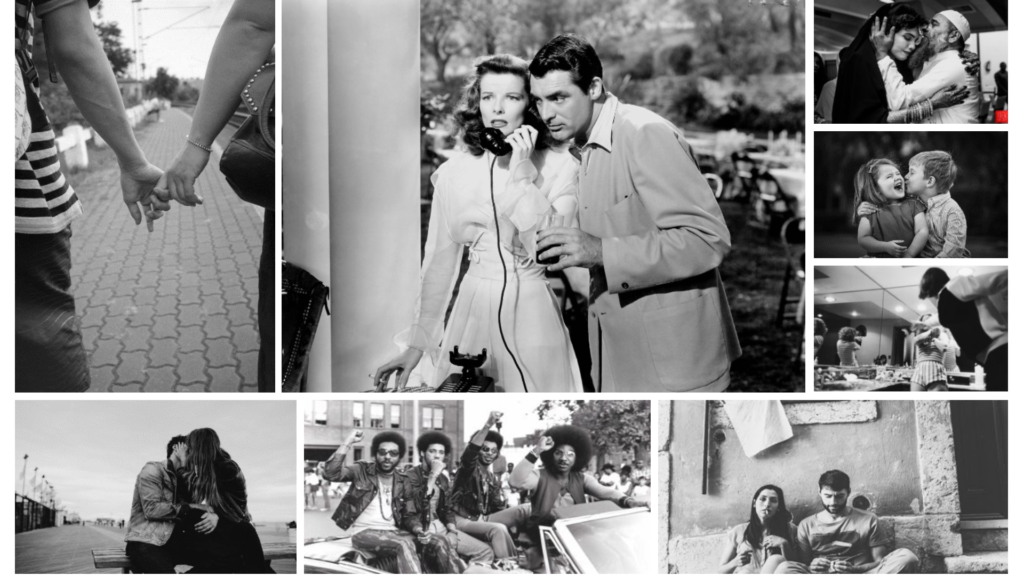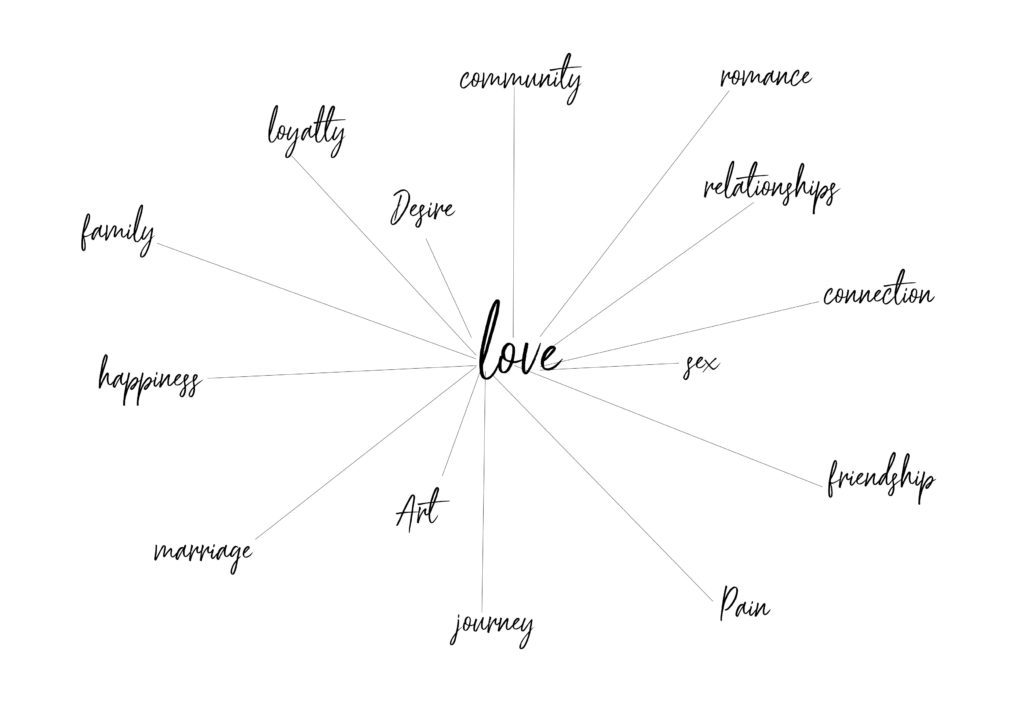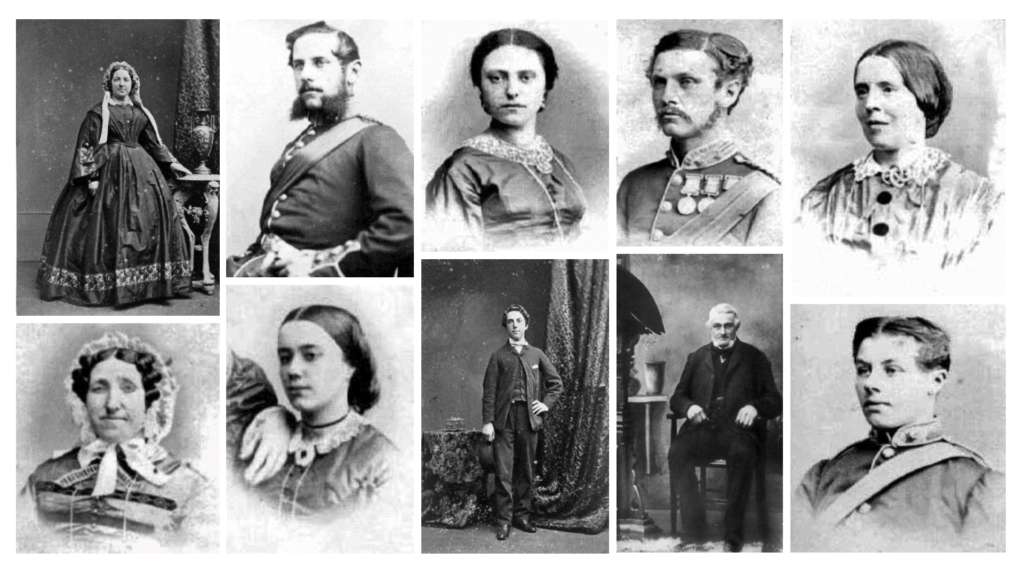WHAT IS LOVE?

LOVE
When we love someone we experience the same positive thoughts and experiences as when we like a person. But we also experience a deep sense of care and commitment towards that person. Being “in love” includes all the above but also involves feelings of sexual arousal and attraction.

Love is a very vague, broad and complicated feeling, that can be felt by everyone in many various different ways towards many various different things. Below are the different types of love one can experience…

- Agape — Unconditional Love – Often referred to as the ‘highest’ form of love. It’s given without any expecting a reward or something in return.
- Eros — Romantic Love. – The most primal form of love experienced in each person. (displayed through physical affection)
- Philia — Affectionate Love. – Love without romantic attraction. It occurs when both people share the same values and can respect one other.
- Philautia — Self-love. – Recognising self -worth and attending to personal needs.
- Storge — Familiar Love. – This is naturally occurring between parents, children and best friends. It’s love built upon acceptance and deep emotional connection.
- Pragma — Enduring Love. – This matures over many years between a couple that puts equal effort into their relationship and has both commitment and dedication to one another.
- Ludus — Playful Love. – The immature and early stages of intimate love.
- Mania — Obsessive Love. – An unhealthy obsession with another person, leading to codependency. Usually found in insecure individuals who need their partner to find a sense of self-value.
STUDYING PORTRAITURE: ARTIST STUDY OF HENRY MULLINS
Henry Mullins was a British photographer who moved to Jersey in the 1800s, and opened a studio photography business in St Helier. He stayed for 20 years where he photographed over 9000 islanders out of Jersey’s entire population of 55,000 at the time. His main focus was on portrait photography in which he succeeded very well in, of which he tried many styles including candid, environmental and headshots. To be precise, Mullins started working at 230 Regent Street in London in the 1840s and moved to Jersey in July 1848, setting up a studio known as the Royal Saloon, at 7 Royal Square. Initially he was in partnership with a Mr Millward, about whom very little is known. By the following year he was working alone and he continued to work out of the same studio for another 26 years.

All these images above are examples of Henry Mullins work, taken during his years on the island: Portrait of Miss Rocke (Top left), Portrait of Mr S Sauer (Top right), Portrait of Mr Oldfield (bottom).
For a brief period in the 1860s he also worked in London, but judging by the collection of his photographs which is now held by La Société Jersiaise, he found plenty of willing sitters in the island prepared to pay half a guinea (promoted as “one half of that in London”) to have their portrait taken by him.

Here we can see 3 photos taken by Mullins in his studio in the 1800s . Ironically, I’ve chosen these photos as they all share my surname and thus means i am distantly related to them showing evidence of his work in Jersey a couple centuries ago.
Each of the images has been set up in a very formal classical format, stereotypical of the time. The images are taken very simply, with a clear focal point, being the models face, in every image. There is minimal depth of field as the background is relatively empty, being taken in a studio, therefore again placing a main emphasis on the model. The low resolution and poor quality of the images, compared to modern photography, are due to the cameras at the time being the first cameras invented. The exposure and capture time would take an excruciatingly long time to produce an image, hence the models neutral facial expression and standard upright position.
By studying Mullins work I intend to be inspired by his portrait images, particularly in the way he frames his environmental portraits, however, I do not intend at this point to follow his classic style of imagery as I want to create images linked more towards modern portrait photography, merely using Mullins images as a way to learn about the art.

